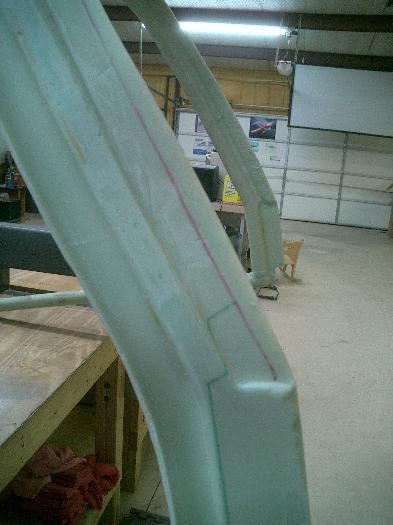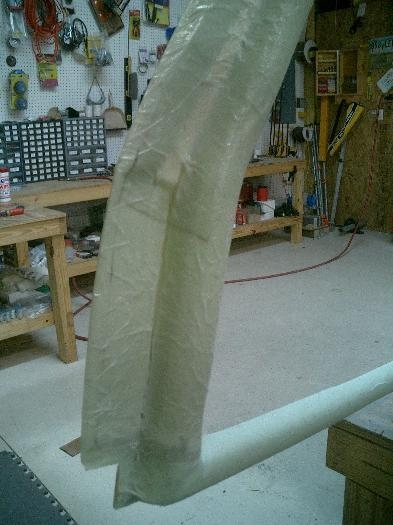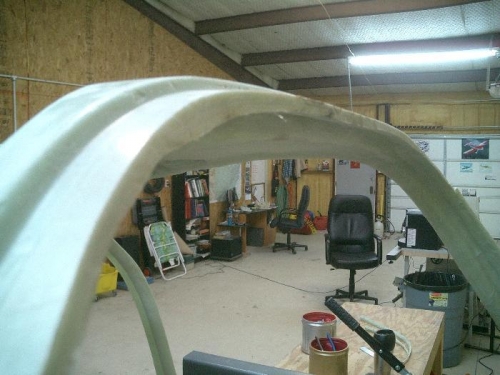
|

|
|

|
Michael's RV-10 Build Log

|
Date: 7-9-2006
|
Number of Hours: 2.00
|
Manual Reference: 43
|
Brief Description: Started trimming canopy
|

|
In case I haven't said this before, M&W Fiberglass (the company that does the canopy in the RV-10 for Van's) SLOPPIEST FIBERGLASS WORK EVER!. Sorry, but I would be embarrassed to let work go out the door that looks like the shit they shovel. I mean come on, I can teach a monkey to make better looking layups than this. The inside of the canopy (the part not against the mold) looks like the North Atlantic during a storm, nothing but bumps and waves. And the outside has exterior voids all over the place that will need to be filled back in and sanded smooth. And the voids they attempted to fix were not prepared first so the fill can be peeled right back out. Oh ya, and did I mention all of the release plastic that is still embedded in the fiberglass work, most of the time because it is trapped by a fold in the glass. In case M&W ever reads this, YOU FRIGGIN SUCK!! And Van, quit sourcing work to your buddies and get someone who can spell quality! It makes your very good product look like shit!
So anyway, got started on trimming the canopy today. Most of the scribe lines (thank you again M&W) were non existant and the ones that were there were usually off by anywhere from 1/16th to a 1/4 inch. Just ignore them and redraw the lines per the plans. The one place this is a real problem is where the windshield, forward deck skin, and canopy meet. Because this needs to be sanded to allow for a flush fit, the cut is staggered. Luckily I was able to use some strong, indirect light to see the faint scribe on one side and measure and transfer to the other side. BTW, who is so damn cheap that they can't spend 5 bucks on a box of sharpies, that will last more than a year, and actually make a scribe with ink. Come on! I basically used a combination of a Rotozip and a air cutoff saw. You will burn through bit's fast on the Rotozip but it does a fairly good job in thin areas. Don't use it on anything more than 3/8th's or you will burn through a bit every couple inches.
|

|

Here is the joggle that should have been visible. You can also see some of the fill job that M&W did.
|

|

Here's a good example of how NOT to do fiberglass, this should be smooth.
|

|

Here is a good shot of a bulge because the layups were not held flat like the rest of the arch.
|

|
|

|

|

|
|

|

|
Copyright © 2001-2024 Matronics. All Rights Reserved.
|

